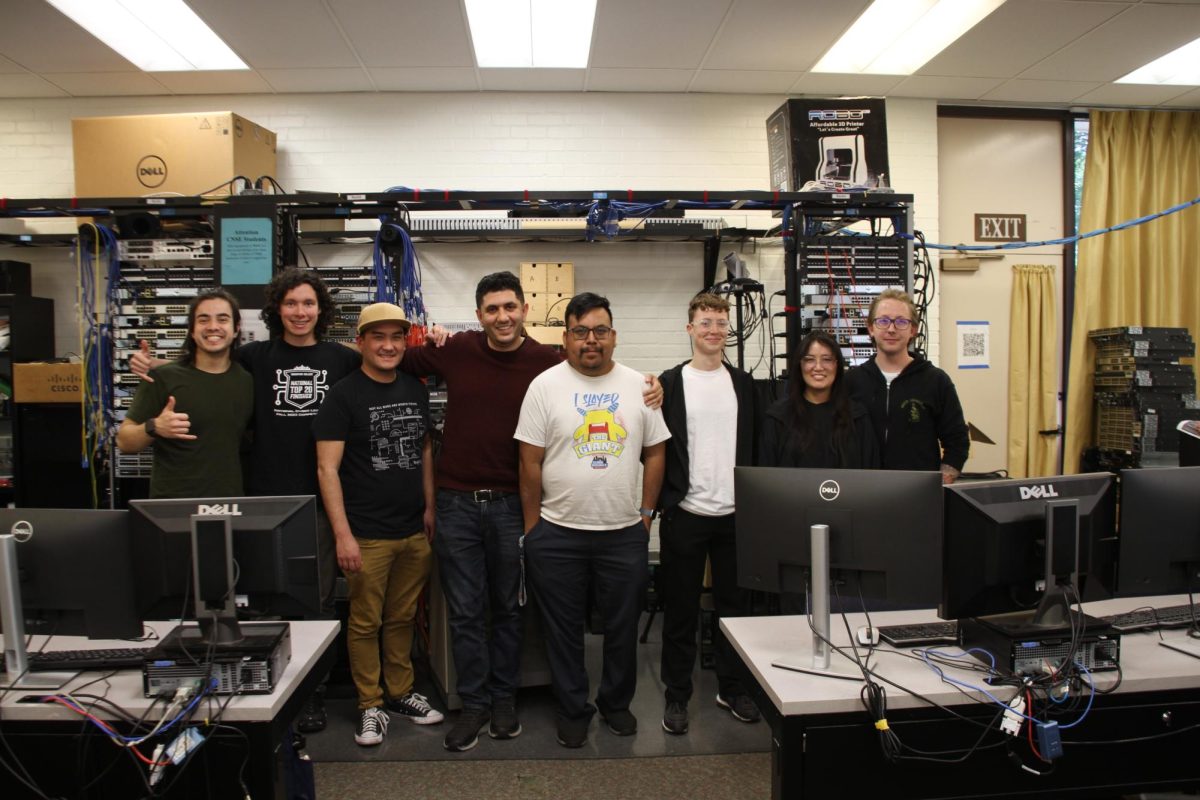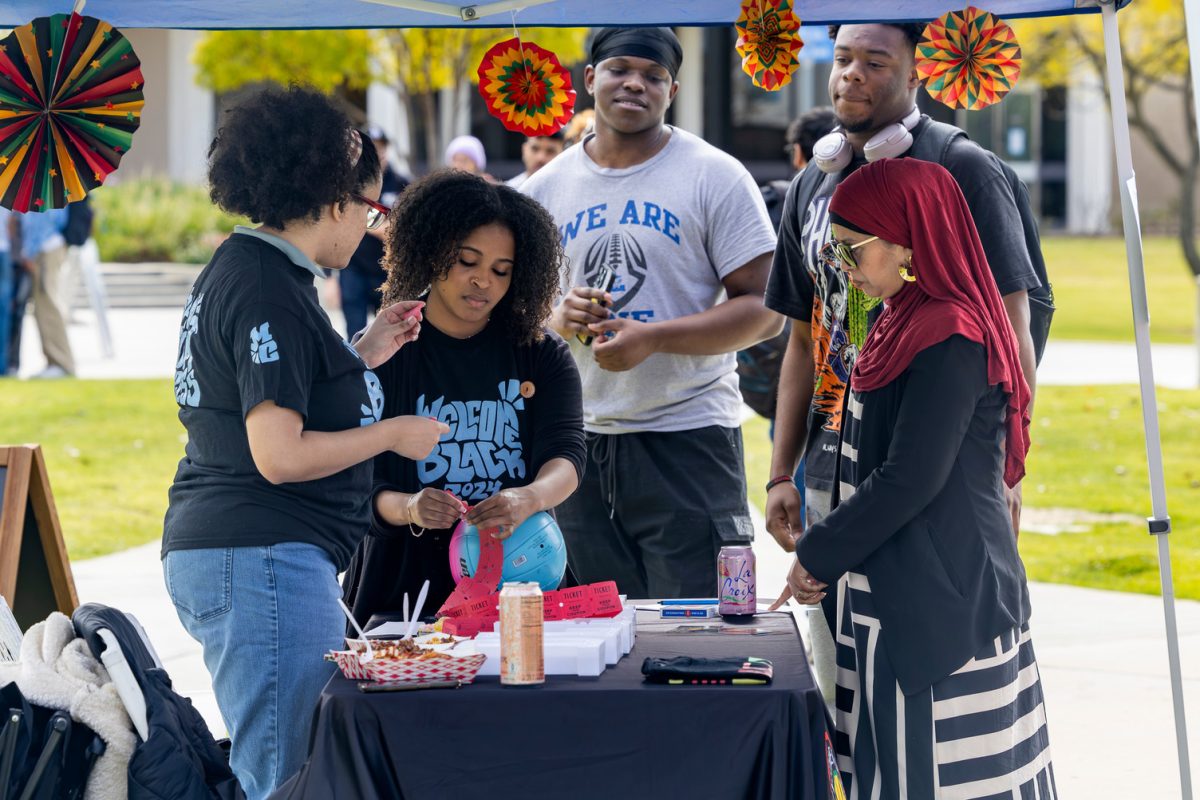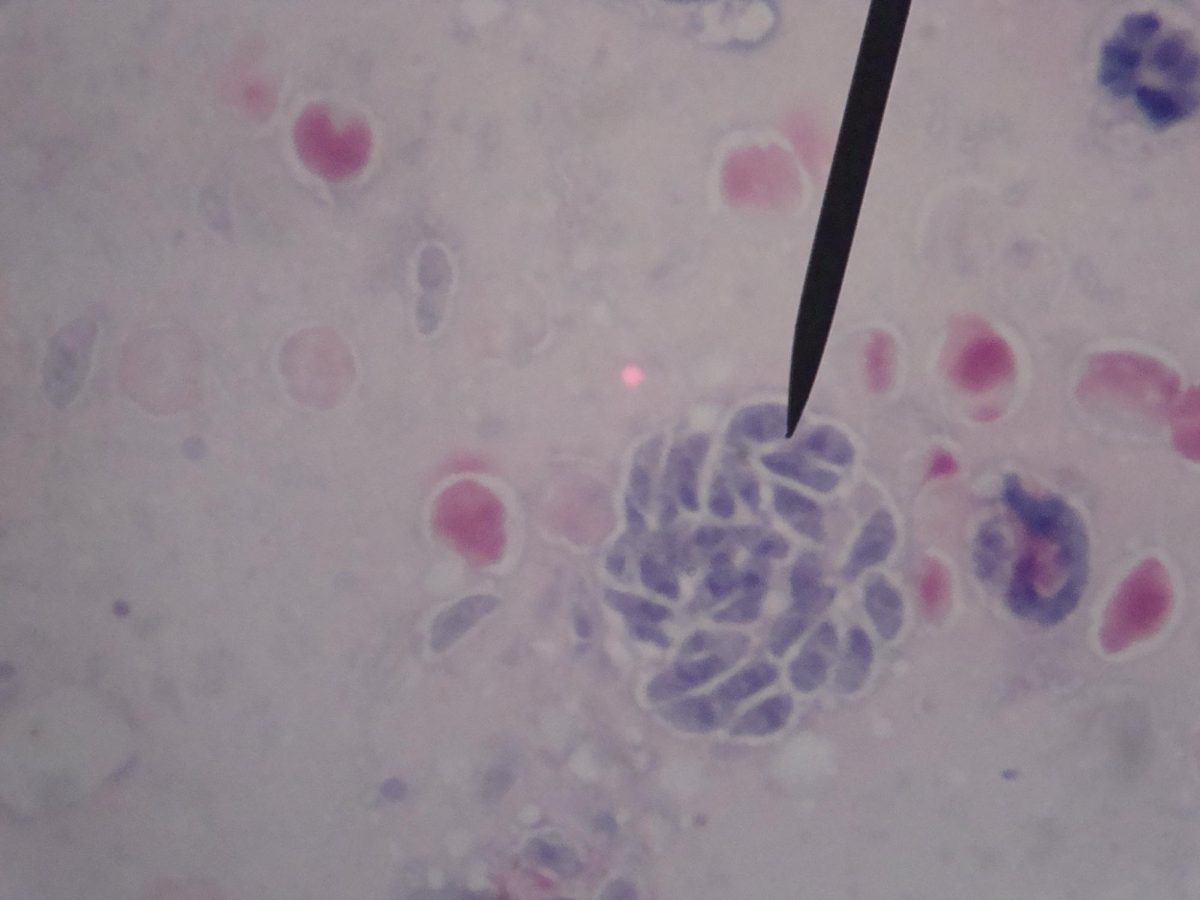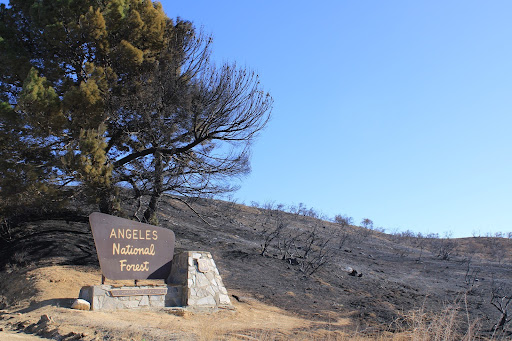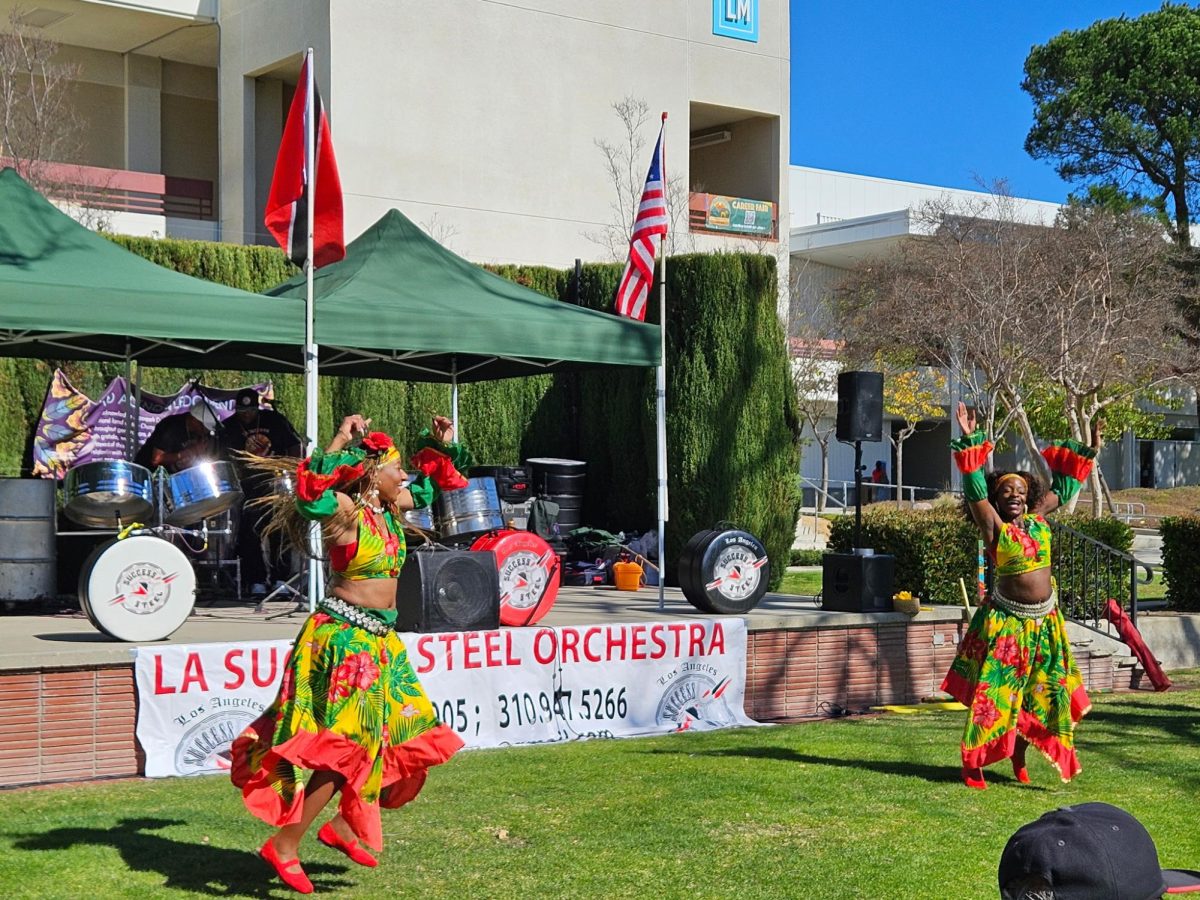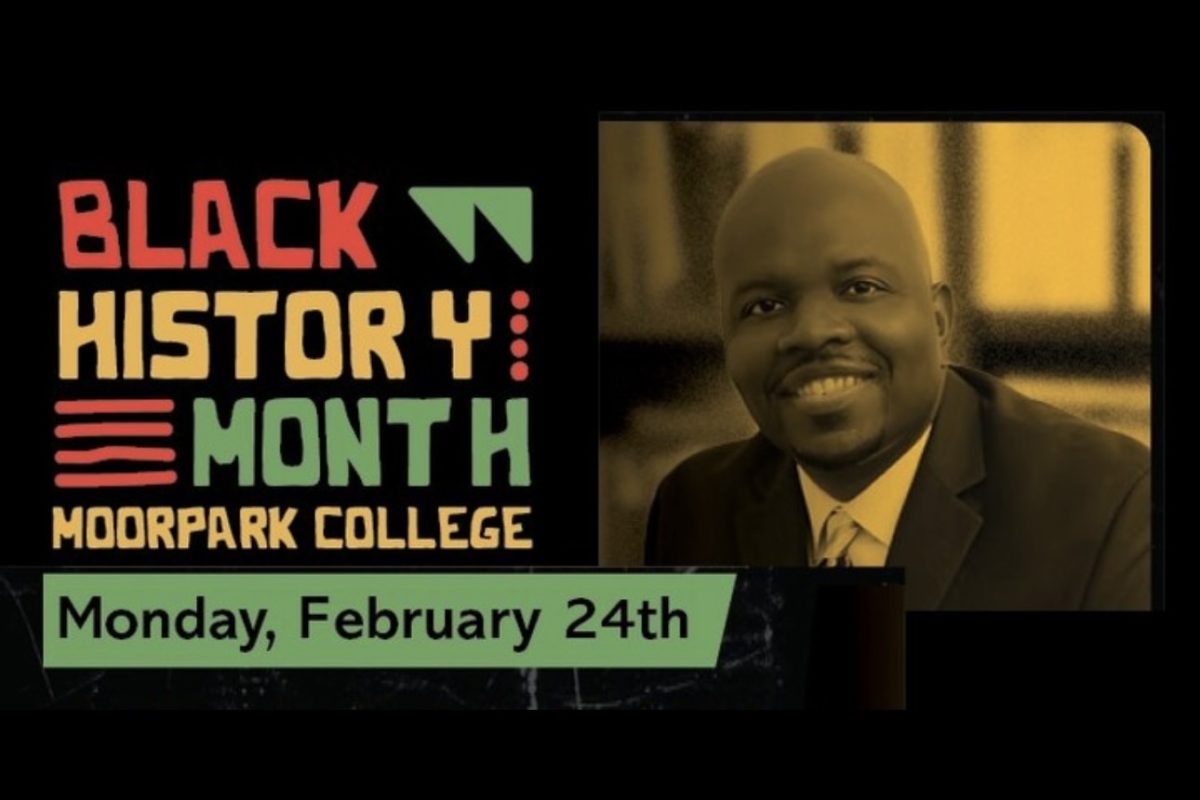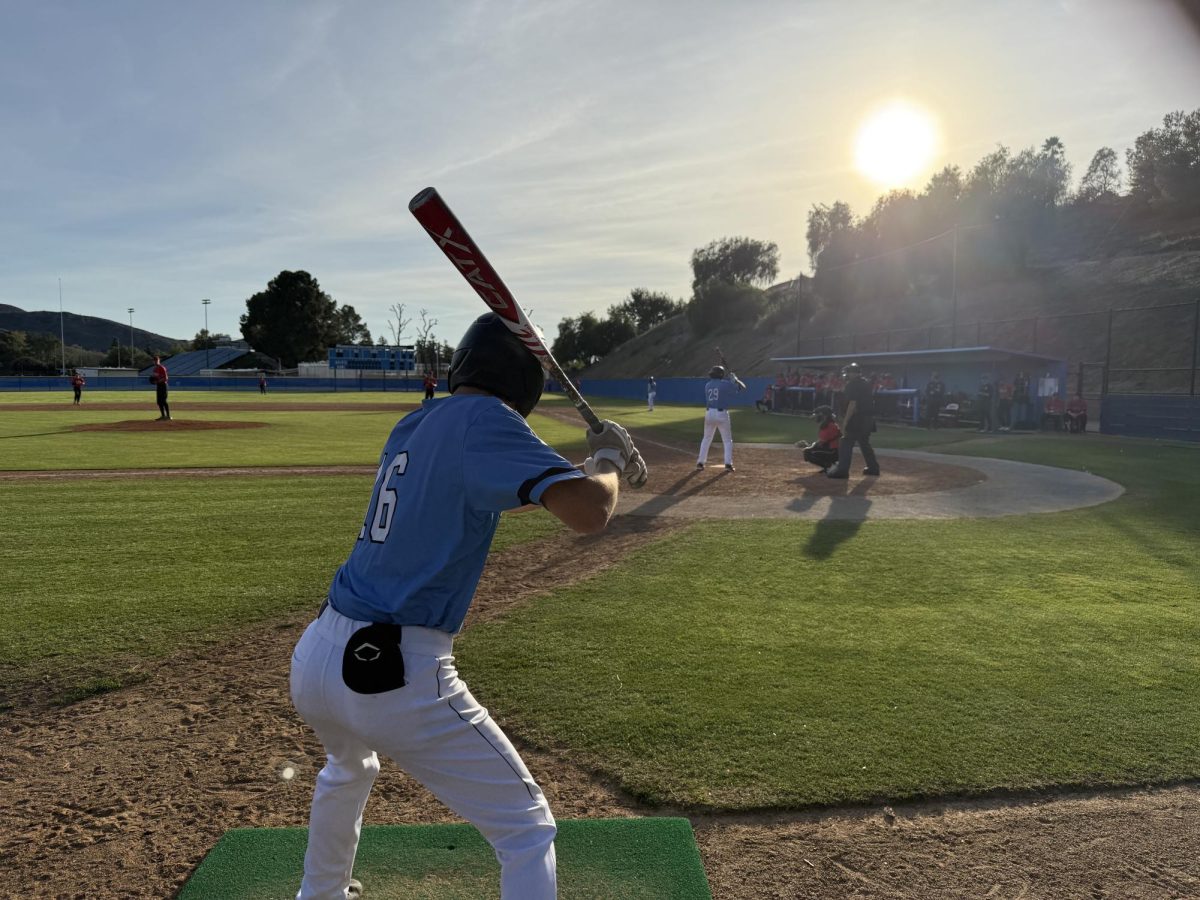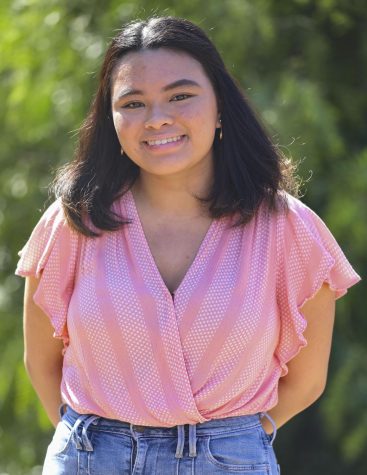California Governor Gavin Newsom announced the state’s emergency brake on the COVID-19 tier system as 28 counties move back into the purple tier in a press conference on Nov. 16.
“Daily cases in the state of California have doubled just in the last ten days. This is simply the fastest increase California has seen since the beginning of this pandemic,” said Newsom.
Newsom announced the Blueprint for a Safer Economy initiative on Sept. 8 and on Nov. 13, California became the second state to have 1 million COVID-19 cases.
Eleven weeks later, he has declared that the state will further tighten reopening restrictions and social distancing guidelines.
“Fourty counties now will be moving backwards in the state,” stated Newsom.
In a press conference on Nov. 12, Ventura County announced the county’s path back from the red to purple tier as Ventura exceeds the red tier’s seven positive case rate per 100,000 residents. All Southern California counties have moved back to the purple tier amid the state’s emergency brake on reopening.
According to the state’s reopening framework, last week’s tier status had 13 purple counties, 22 red counties, 17 orange counties and six yellow counties.
However, this week’s current tier status now has 41 purple counties, 11 red counties, four orange counties and two yellow counties. The state now reports a 51.3% increase in positive cases.
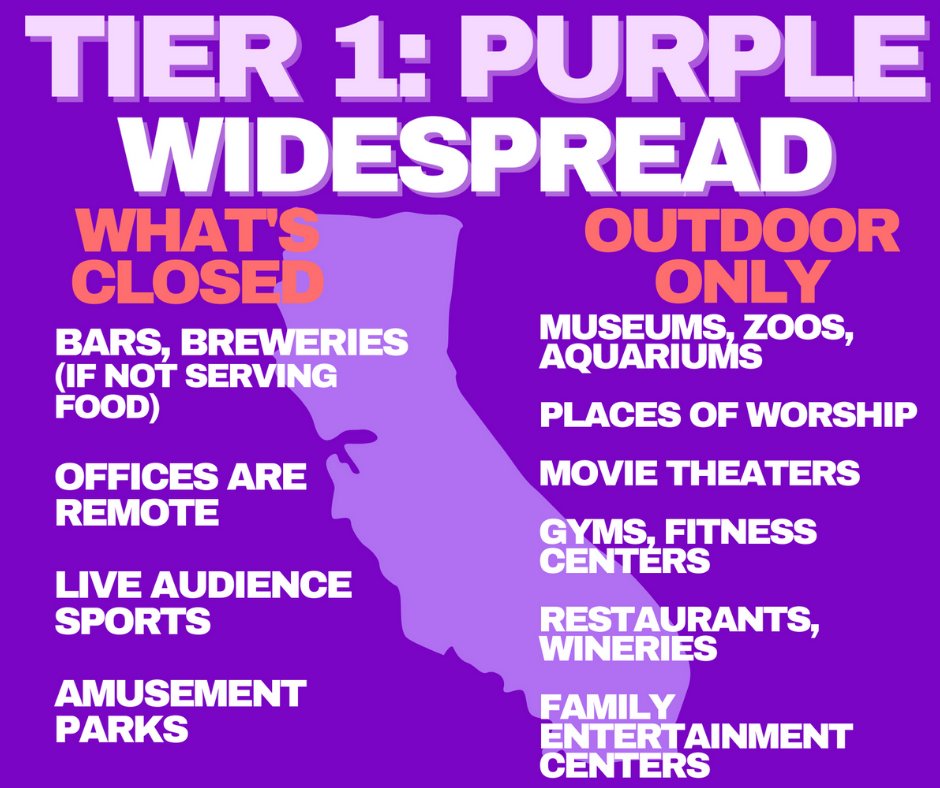
According to new guidelines from the state, counties will now move back between tiers after one week instead of the previous two weeks guideline.
Some counties will even move multiple tiers, as a press release from the Governor’s Office stated that “94.1% of California’s population [is] in the most restrictive tier.”
Food and business industries are also expected to adhere to reopening restrictions as counties change tier statuses in 24 hours instead of the 72 hours notice previously given.
Newsom also announced that California will now re-evaluate tier statuses multiple times throughout the week in order to track the state’s progress.
Newsom remained hopeful that California is sufficiently prepared and equipped to handle the surge in positive cases.
“We haven’t been sitting back passively or idly, in fact quite the contrary. We have been preparing precisely for this moment,” said Newsom. “We have been modeling this moment. We have been foreshadowing this moment for many months since the beginning of this pandemic.”
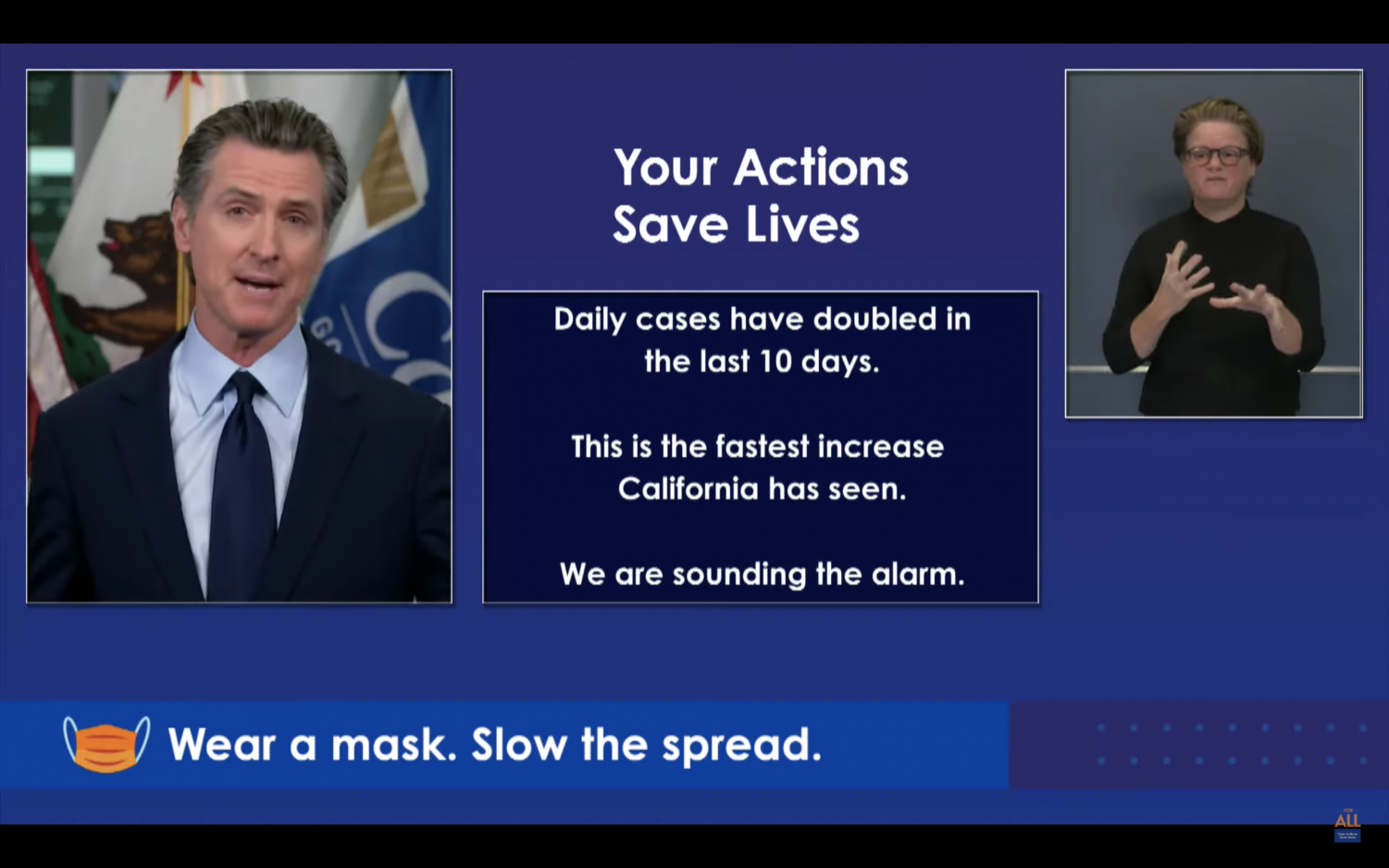
Newsom stated that California has 11 surge facilities and can develop more facilities within 29-96 hours to keep up with the increase of positive cases.
In order to combat the shortage of personal protective equipment for healthcare workers and hospitals in the beginning of the pandemic, Newsom noted that the state now has an adequate pre-inventory of PPE. The state reports an inventory of 180 million N95 masks, 342 million surgical masks and 23.9 million face shields.
Newsom announced California’s amended COVID-19 approach, which now includes a vaccine component. The approach has four main components of prevention, testing, isolation and now vaccines.
Prevention, testing and isolation were heavily focused on at the start of the pandemic, as Newsom passed the country’s first Stay at Home mandate. The state included vaccines into their four pronged approach as the Moderna vaccine reported a 95% success rate and the Pfizer vaccine reported a 90% success rate.
Newsom discussed the state’s focus on developing an equitable approach to vaccine distribution. As Black and Brown communities have been disproportionately impacted by COVID-19, Newsom urged that expert committees on safety and vaccine distribution take into account this disparity.
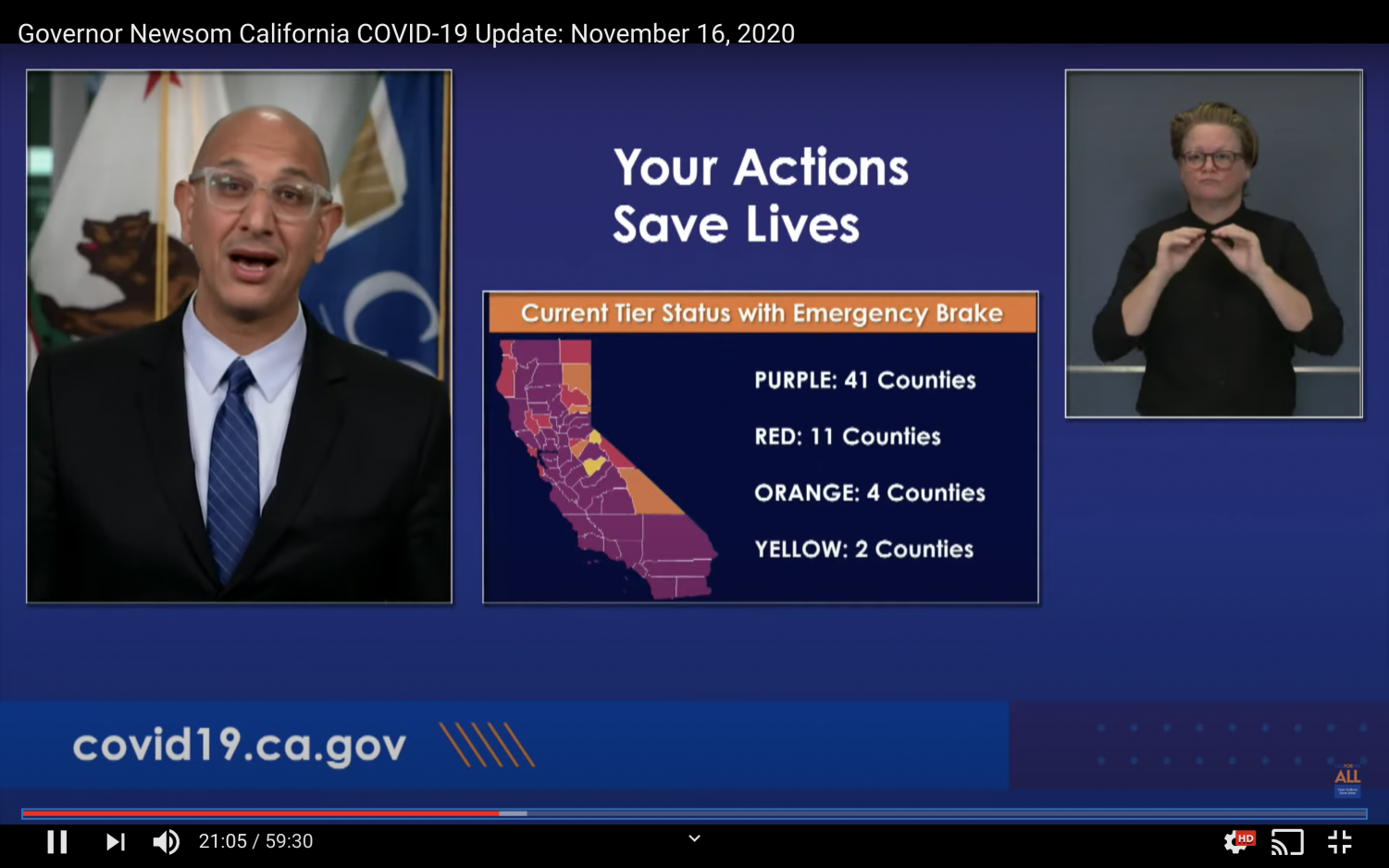
Secretary for the California Health and Human Services Agency Dr. Mark Ghaly discussed the state’s reasoning behind restricting reopenings.
“Why are we today sounding this alarm using our emergency brake? Because we must keep transmission low and that’s to avoid flooding the healthcare delivery system,” said Ghaly.
Ghaly discussed the need to protect healthcare workers and their families during the flu season. This can be done through three personal actions to prevent COVID-19 transmission: masking, mixing and movements.
Ghaly noted that the increase in household transmission —where a family member with COVID-19 leads to a household with multiple positive cases— can be prevented through masking.
Gatherings, especially in large groups, must be kept brief and preferably outdoors. High-risk individuals such as immunocompromised people are urged to avoid large gatherings.
The state has also set a travel advisory to stay local and reduce non-essential travel out of the state. However, those that travel out of state must stick by the 14-day quarantine upon return.
Newsom also discussed his controversial attendance at a friend’s 50th birthday party in Napa —an orange status county at the time— at an outdoor restaurant in a group of more than 12 individuals. He described the party as a “bad mistake.”
Many California residents have expressed their disappointment, especially as Newsom urges residents to avoid large gatherings.
“The spirit of what I’m preaching all the time was contradicted and I want to own that,” said Newsom. “I wanted to apologize to you because I need to preach and practice, not just preach and not practice.”
Newsom also discussed the possibility of an imposed curfew to reduce the spread of COVID-19.
“We also are considering, full disclosure, a little bit of a preview, the notion of a curfew,” stated Newsom.
Currently, Massachusetts and Virginia have implemented statewide curfews. California could join these states in a COVID-19 curfew as the holiday season approaches.
For more information about Ventura County’s COVID-19 updates, visit their website.


